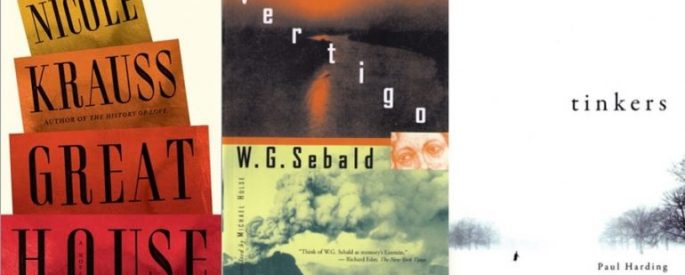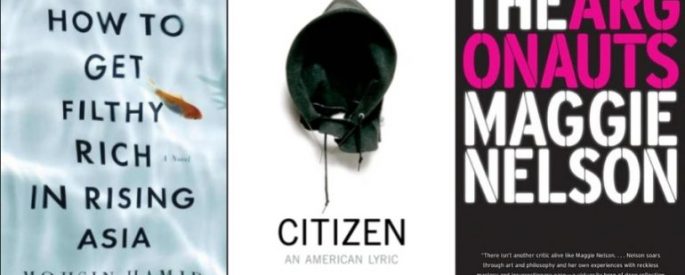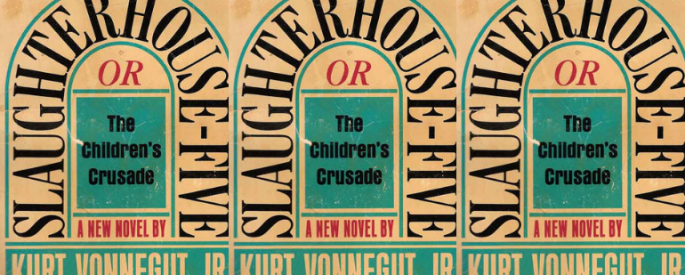Author Archive
Morphology of the Essay: Ander Monson, Claudia Rankine, Eula Biss, Leslie Jamison, & Maggie Nelson

According to Wikipedia, a keystone is “used figuratively to refer to a central element of a larger structure […] that locks the other elements in place and allows the whole to be self-supporting.” With a stone archway, the form is inherent, or predetermined. First, there is the abutment, then
Writing the Mind: Nicole Krauss, W.G. Sebald, & Paul Harding

How does one apply the adage show don’t tell to the interior of the mind—a vast expanse one inhabits daily, but never sees? While Pixar’s Inside Out turns the subconscious into a playful and sometimes dark adventure, literature must rely on language—pacing, syntax, and form matching function. In the early
On Context & Omission: Alain de Botton, F. Scott Fitzgerald, John McPhee, and Claudia Rankine

Craft talks regarding omission lean heavily on Hemingway’s Iceberg Theory, what John McPhee recently called, “or, how to fashion critical theory from one of the world’s most venerable clichés.” Aside from the obvious trimming of superfluous language or gratuitous scenes, it could be argued that omission, in one extreme,
Writing the Body: Ta-Nehisi Coates, Maggie Nelson, & Lidia Yuknavitch

The age of media and internet is one of fractal, ephemeral bodies—well-curated images of the self from certain angles and frozen in time, dust-coated corpses at the aftermath of a quake that provide little context, statistics and numbers that break down how many and what ages and when, yet
Inclusivity & Authorship: Second-Person Pronouns

Used poorly, second-person reads like a trope; used well, second-person as a narrative device adds inclusivity to literature, raises questions of authorship, and helps an author communicate politically-charged topics like globalization, race, and gender. Mohsin Hamid utilizes second-person in his novel, How to Get Filthy Rich in Rising Asia,
Why Bother with Craft?

“Craft” was a dirty word at art school, a subtle derogative. The college dropped “and Craft” from their name so recently that the signs on the highway still held those words. Once, in a class critique, a peer called a hand-painted map used to make a stop motion short
The Candles and the Soap: On Vonnegut, Death, and Repetition

Placed after a mention of death or dying, Kurt Vonnegut’s “So it goes” refrain throughout Slaughterhouse Five utilizes repetition to explore the inevitability of death. Early on in the book, Billy Pilgrim writes a letter to a newspaper about his experiences with extra terrestrials, and explains the origin of the phrase: When
Impossible to Pin Down: Truth & Memory in Nonfiction

Nonfiction as a genre confronts the discordance between memory—a slippery, subjective entity that can be the antithesis of truth—and actuality. Roy Peter Clark writes of the “essential fictive nature of all memory.” Mark Kramer and Wendy Call, editors of Telling True Stories: A Nonfiction Writers’ Guide from the Nieman
Language Could Kill You: Adichie, Code-Switching & the Biafran War

Language plays a crucial role throughout Chimamanda Ngozi Adichie’s novels, but nowhere is it more decisive than in the author’s second novel, Half of a Yellow Sun. Written against the backdrop of the Biafran War, two wealthy sisters return from England to a nation on the cusp of
Daily Details Made Monumental

Exterior details lend themselves to the interior landscape of a character or narrator. What one chooses to notice, how one describes an object, says more about the speaker than it does about that thing. A character who spends a whole paragraph noticing someone’s unwashed, unkempt hair tells the reader